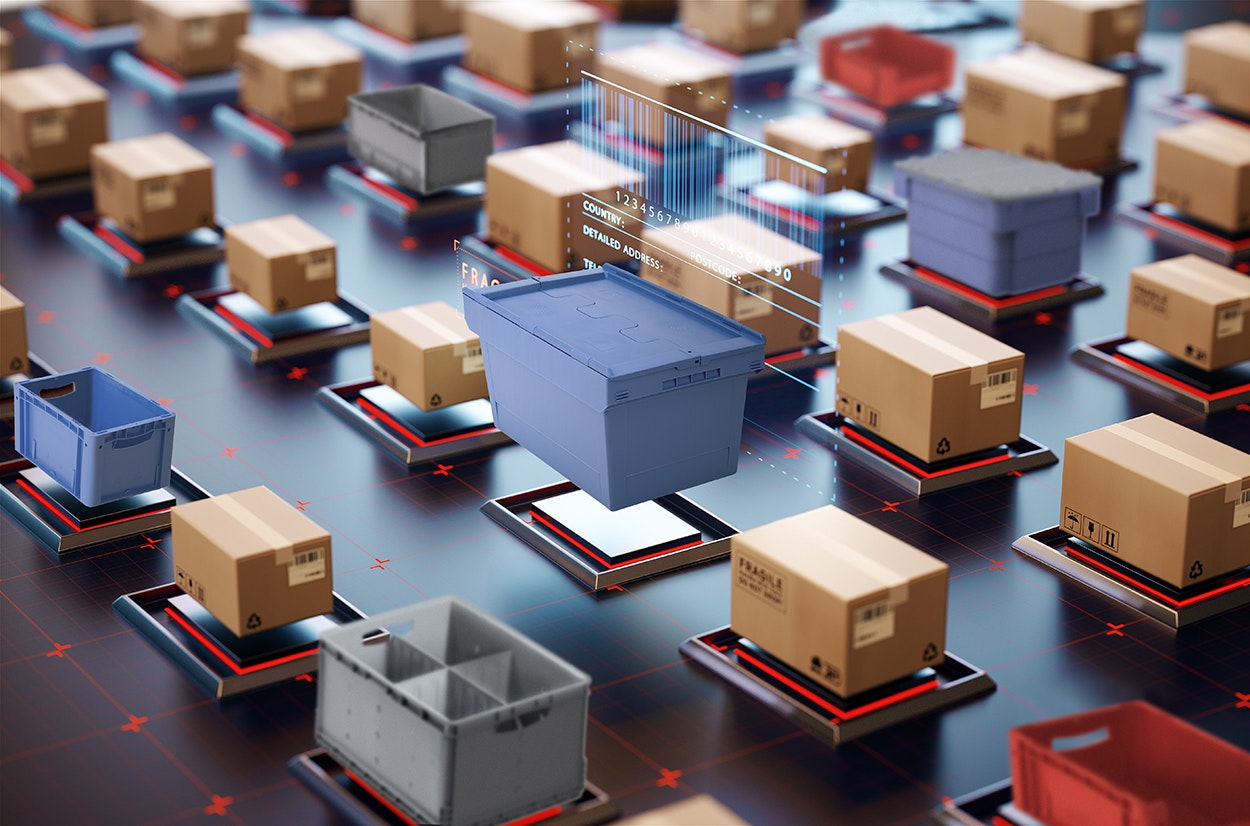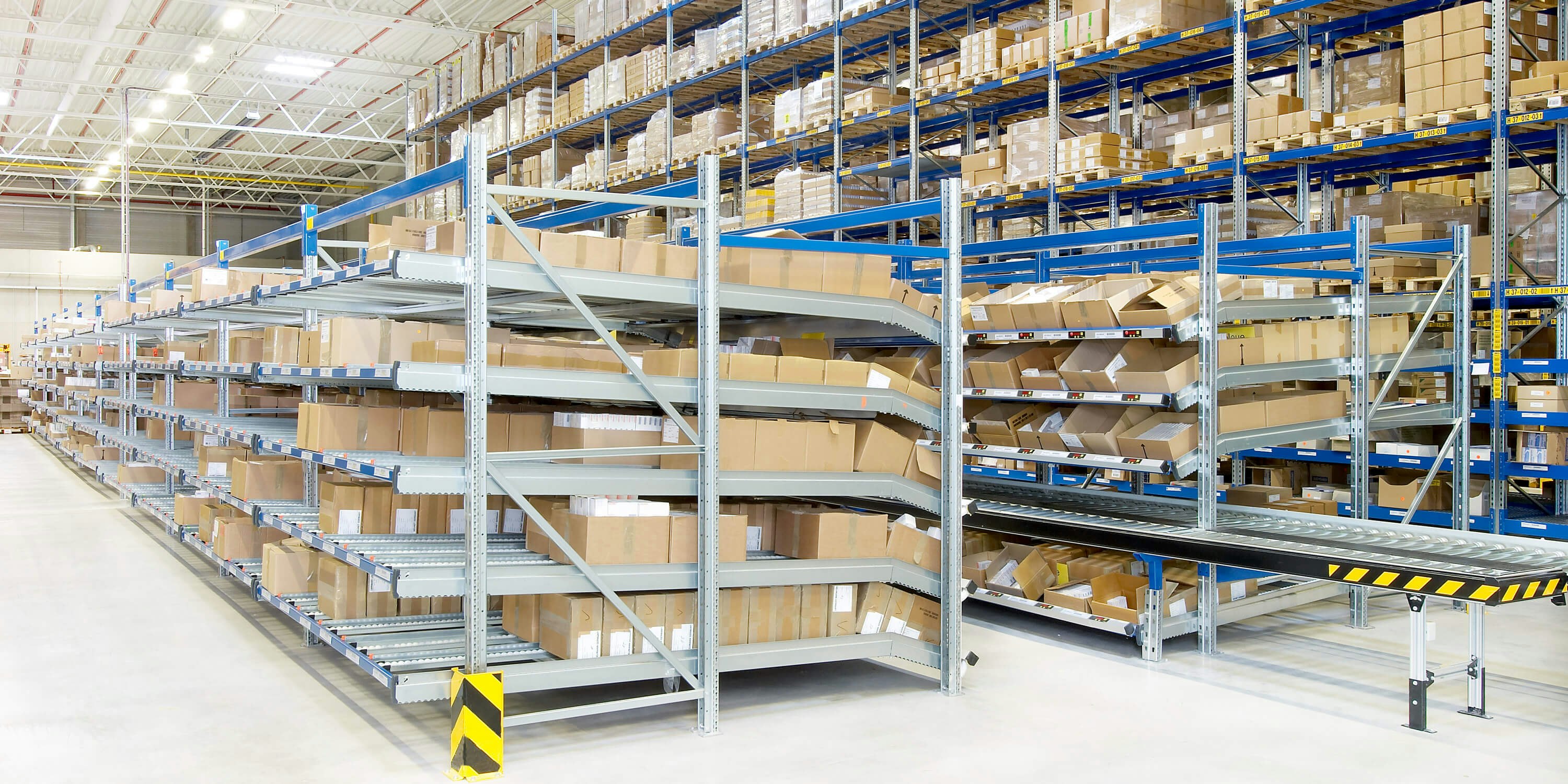What is Dropshipping?

Dropshipping is an e-commerce business model in which the online retailer sells goods that he himself does not have in stock. After the customer has purchased the goods in the online shop, the retailer orders them from a wholesaler or manufacturer, who then sends them directly to the customer. The Dropshipper therefore has no physical contact with the product and does not maintain a warehouse. Dropshipping is in principle a logistics service provided by the wholesaler or manufacturer, but in the best case it does not appear at all because the logo and sender address of the online shop appear on the delivered goods. In other words, the customer has the impression that the goods were shipped from the online shop itself. As a result, he returns the goods directly to the Dropshipper in the event of complaints. In the German-speaking area Dropshipping is also referred to as drop shipment, in which manufacturers, wholesalers and resellers or retailers are involved. Here the manufacturer sends the goods directly to the retailer, bypassing the wholesale trade. The wholesaler only has a commercial function in that he is responsible for order, invoice and payment channels. The Dropshipping model has many advantages, especially for entrepreneurs just starting out in e-commerce. Whichever model is chosen, the communication and trust with the suppliers must be right. Because the supplier is responsible for product quality, shipping and much more. The data exchange between the suppliers and their own company, for example of inventory quantities, price changes, new products, delivery times, delivery tracking, etc. must be as perfect as possible. In some cases there are already automated solutions for data exchange via pre-programmed apps (e.g. Oberlo) or you can have your own solution programmed via Application Programming Interface (API). In addition, suppliers must, of course, also guarantee functioning, trustworthy logistics.
What types of dropshipping are there?
In principle, dropshipping distinguishes between fulfillment by a wholesale or consignment warehouse. In the first variant, the Dropshipper potentially has access to the wholesaler's entire product range. If the retailer has products in his online shop that are no longer available in the wholesaler's warehouse, the order can no longer be executed. In the second variant, the wholesaler sets up his own warehouse area in his central warehouse for the online retailer. The stocks are held exclusively for him. However, this is often associated with additional costs or certain purchase obligations. In return, the retailer benefits from a secure supply of goods. Meanwhile there are various modified models. Many Dropshippers receive their products from China at very favorable purchasing conditions. Chinese product agents have therefore already established themselves in the Middle Kingdom and are looking for and buying products on behalf of customers - for example at Taobao, an Alibaba online trading platform actually intended for the Chinese market. Some of these agents or agencies also maintain their own warehouse for the respective customer and also handle branded product shipping. Another model is the purchase of large quantities of products from Alibaba and the outsourcing of fulfillment to a fulfillment center (e.g. Amazon) in the respective country.
Advantages of Dropshipping
A big advantage of dropshipping is the low equity required. There is no need to rent premises or hire staff. Also you don't need a stock and for the purchase of the products you don't have to pay in advance. Costs arise, for example, for hosting the website, for the domain, for programming the page, for apps and for the possibly prefabricated e-commerce shop solution (e.g. Ecwid, Shopify, Magento, WooCommerce, etc.). In addition, of course, the costs for the own and purchased work must be charged (e.g. for design, logo, SEO, etc.). However, these costs would also be incurred for other e-commerce solutions. The Dropshipping Business also enables a wide range of products from many different manufacturers and dealers due to the described advantages. Products can also be easily tested for the market, e.g. using advertising on Google Shopping, Facebook or Instagram. Ultimately, the model offers relatively large growth opportunities in a small period of time (good scalability).
Disadvantages of the Dropshipping Business
One of the biggest advantages is also one of the biggest disadvantages of the method. The Dropshipping dealer does not get to see the sold goods at all and has no control over the shipping. Even if the Dropshipper has ordered a test product in order to test the product beforehand, of course he does not know the quality of the product dispatched in detail. Goods are often lost or damaged, especially when shipped from China. Not only do these have to be replaced, but customer satisfaction also drops significantly. Another problem is the extremely long delivery times of dealers from Asia. Of course, there are enough Dropshippers who sell goods from Germany or the EU and thus achieve better quality, delivery times and customer satisfaction, but in most cases the disadvantage is the low profit margin. It must be borne in mind that a significant proportion of the cost of selling the products goes into advertising. In order to generate any profit at all, the online shop must therefore be optimized extremely and continuously. For example, the average order value of the products purchased by the customer must be as high as possible. This can be achieved, for example, by bundling products, bulk sales, upselling (selling a more expensive product or upgrading) and cross-selling (cross-selling related products). Depending on where you buy your Droppshipping products, you have to expect an extremely high competition, because many dealers sell the same product. One way out of this misery is to invest money and time in branding the products and the company. If you don't offer a business-wide "Free Shipping", the shipping costs for the customer add up, because the products usually have to be shipped by different dealers. The customer's dissatisfaction with exorbitant shipping costs rises very quickly. The risk of losing the customer is very high - especially with poor quality and long delivery times of the products at the same time. Here it is necessary to find new and own Dropshipping solutions (regarding quality of the goods, originality, dispatch times), which are economically viable. Return management is also a logistical challenge. Returns are very common, especially in online business. The return rate is strongly dependent on the product. According to the EHI Retail Institute, the proportion of textiles and accessories sold by some retailers in Germany is more than 50 percent. Returns management is a particular challenge for drop shipping shops, as they do not ship the goods themselves. You must therefore accept the returned products at a collection address and return them from there to the manufacturer or wholesaler for a refund. However, many Dropshippers do not have a physical address and would have to hire a service provider.
How Dropshipping is Changing the E-commerce Landscape
Many large online retailers such as Amazon and Zappos started with drop shipping. Further examples of successful drop shippers in the billion range are Wayfair and the million range Blinds.com. One of the great advantages of the model is that the entrepreneur can and should concentrate on marketing and sales. In addition, the sourcing of products directly from producers in almost any quantity is simple and can be automated. Therefore, no cost-intensive warehouse is required. The drop-ship business is definitely not dead - quite the opposite! If the respective entrepreneur can solve the aforementioned challenges of the business model in particular with regard to quality, delivery times, trustworthiness, it is an ingenious and fast way to enter e-commerce. Therefore, the coming years are more likely to see an increase in drop shipments. In general, the simple and fast product sourcing enables a fast, almost rapid testing of products on the marketing channels and a very fast market entry (product to market). For this reason, product cycles are consistently accelerated. Winners are recognized faster, but they also die faster. The drop shipment business will also accelerate the automation of all processes. Even the search for winning products, which has a large share in drop shipping, will be automated by so-called product scrapers.


